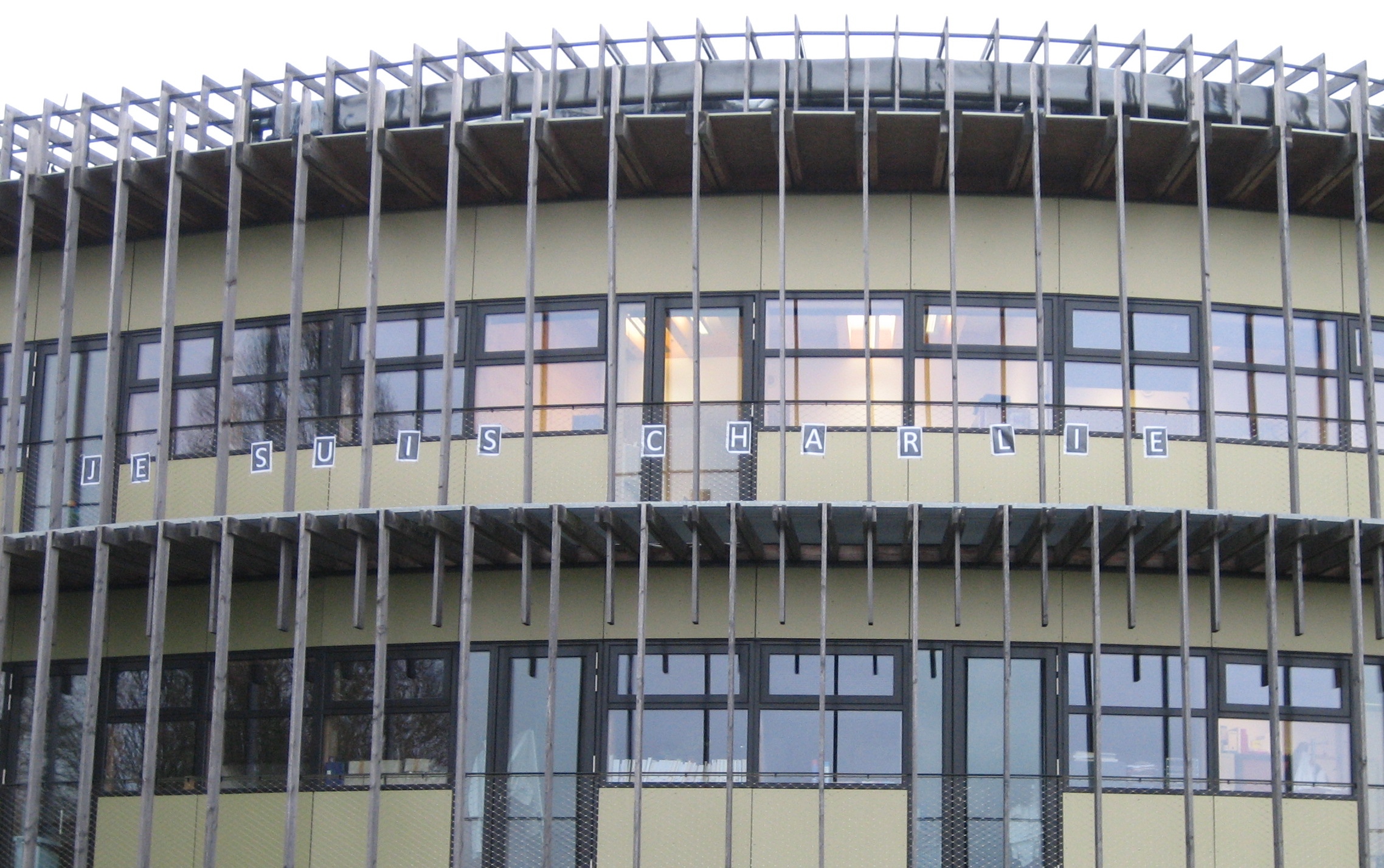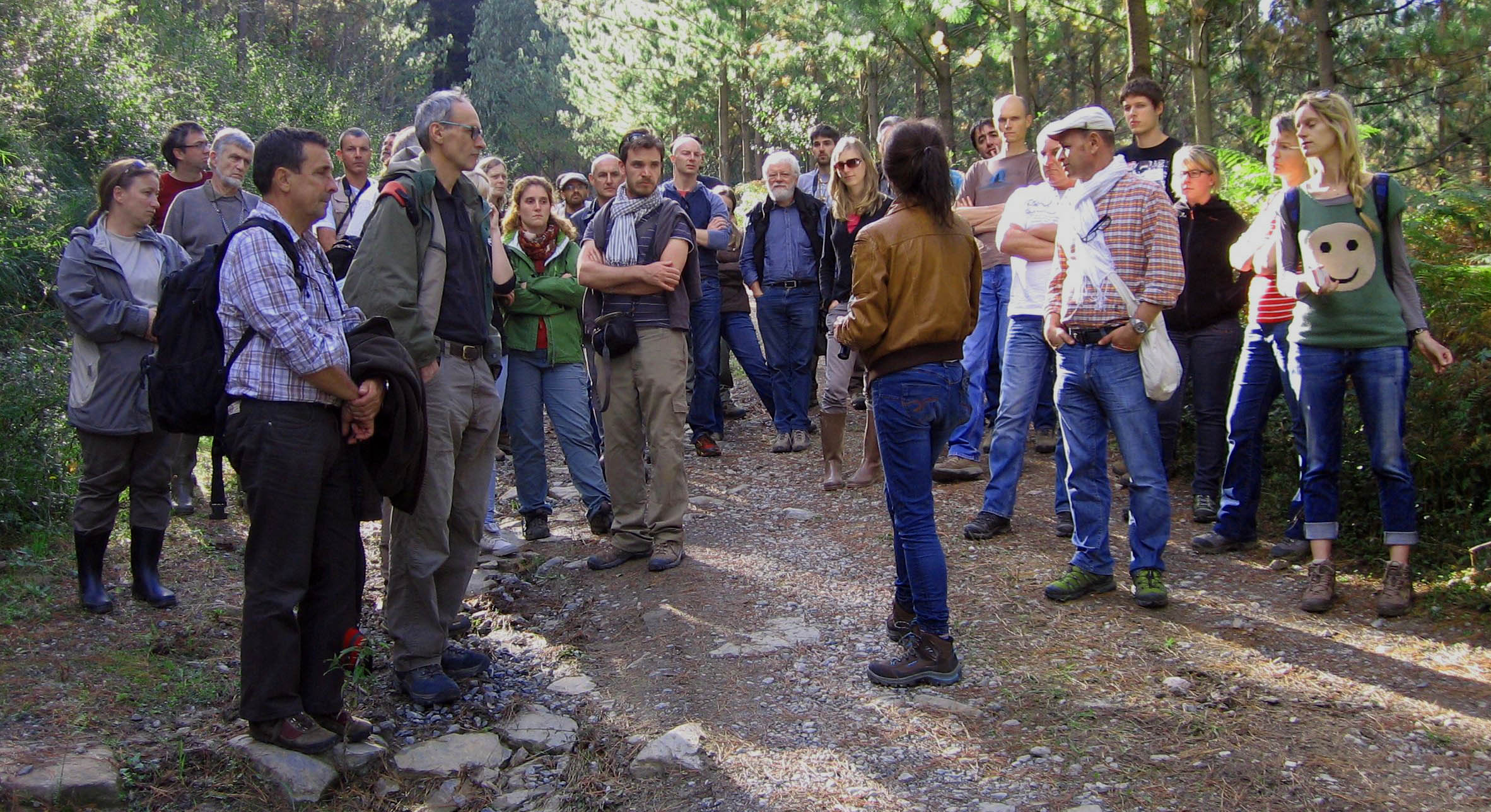The PhD defense of T. Payen will be held the 4th May at 1pm in the conference room of the INRA Center at Champenoux.
Title: “Contribution à l’étude de l’évolution des génomes de champignons ectomycorhiziens du genre Tuber (Pézizomycètes) par génomique comparative”
Abstract:
Truffles are ectomycorrhizal (ECM) fungi, belonging to Tuber genus in the Pezizomycete Class, that form symbiotic associations with numerous trees and shrubs. The Pezizomycetes constitute an early diverging lineage of Ascomycota composed of saprophytic, mycorrhizal and pathogenic species. Some Pezizomycetes, such as truffles and morels,are widely recognized by scientist and lay-person alike. Despite their importance, the genomic structure and evolution within the Pezizomycetes is largely unknown. The aims of my thesis were to characterize the structure and the evolution of the truffle and other Pezizomycete genomes. A comparative analysis performed using eight Pezizomycete fungi, among them three truffles, showed that the genome of truffles has evolved by a size expansion, mainly due to gypsy retrotransposons, in the common ancestor of Tuberaceae about 150 Mya. Then, a loss of the number of gene models, such as plant cell wall degrading enzymes occurred in the common ancesto! r of Tuber spp about 100 Mya. This study provides new insights into the evolution of the truffles, and ECM symbiosis in general, and highlights cases of divergence and convergence between Basidiomycota and truffle symbiotic species. A comparative analysis in T. melanosporum allowed characterizing a resource of more than 400,000 single nucleotide polymorphisms. This population genomic analysis allowed identifying candidate genomic regions with trace of selection. Finally, a more detailed characterization of T. melanosporum gypsy retrotransposons showed that the major invasive waves are old, but that more recently some elements have moved suggesting that retrotransposons continue to play an important role in the evolution of the truffle genome.
Keywords: Tuber melanosporum, truffles, Pezizomycete, bioinformatic, comparative genomic



